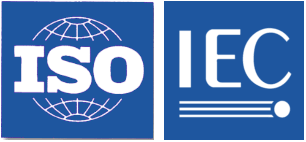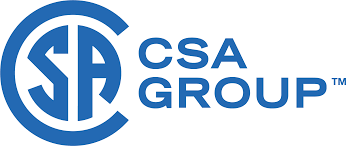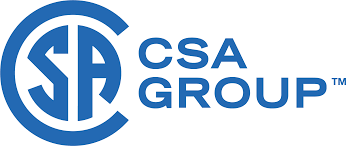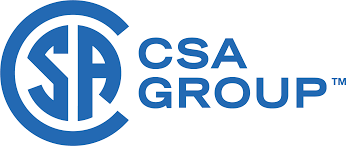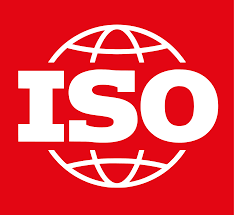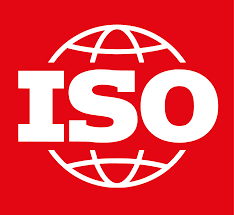Road vehicles — Cybersecurity engineering
This document specifies engineering requirements for cybersecurity risk management regarding concept, product development, production, operation, maintenance and decommissioning of electrical and electronic (E/E) systems in road vehicles, including their components and interfaces.
A framework is defined that includes requirements for cybersecurity processes and a common language for communicating and managing cybersecurity risk.
This document is applicable to series production road vehicle E/E systems, including their components and interfaces, whose development or modification began after the publication of this document.
This document does not prescribe specific technology or solutions related to cybersecurity.
